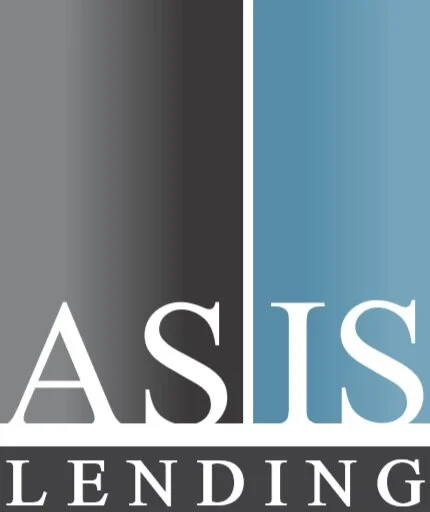Why Refinancing Might be a Bad Idea
Refinancing is a smart financial move when it helps you build equity more quickly. But unless done for financially sound reasons, mortgage refinancing can be a slippery slope to never-ending debt.
Many homeowners refinance to consolidate their debt. At face value, replacing high-interest debt with a low-interest mortgage is a smart move. Unfortunately, a large percentage of homeowners will max-out their credit cards again. In this scenario, instead of improving their financial health, the refinance results in lost home equity, added years of increased interest payments, and a return of high-interest credit card debt. Still, when used carefully and responsibly, refinancing is a valuable tool for bringing debt under control.
A lower interest rate on your mortgage is one of the smartest reasons to refinance. By paying less interest to the bank, homeowners build home equity faster. However if you are several years into your current mortgage, you’ve already paid a lot of interest, but not much principal. When you start over with a new mortgage, your monthly payments will once again be heavy on the interest. Sonny Reynolds, founder & COO of AS IS Lending, empowers his clients with counter-strategies, “if you are 6 years into your existing 30 year mortgage, we recommend refinancing into a 24 year term, or lower.” For those clients who still choose a 30 year loan, Sonny encourages them to continue paying their old, higher monthly payment amount on the new mortgage. But, he warns to only apply this strategy after paying off all higher interest debts first, such as credit cards.
